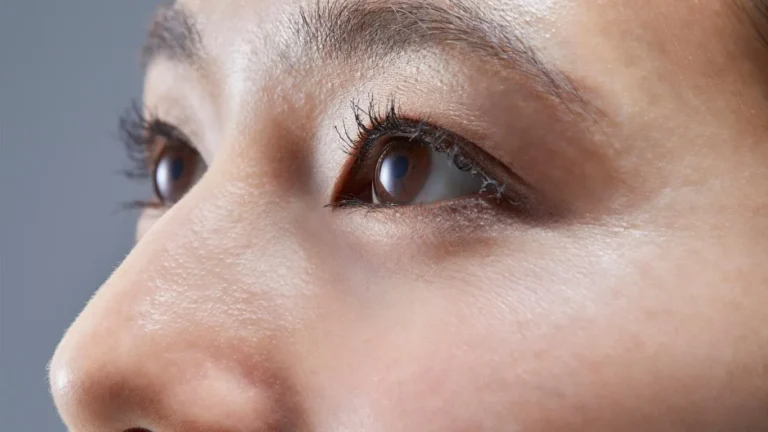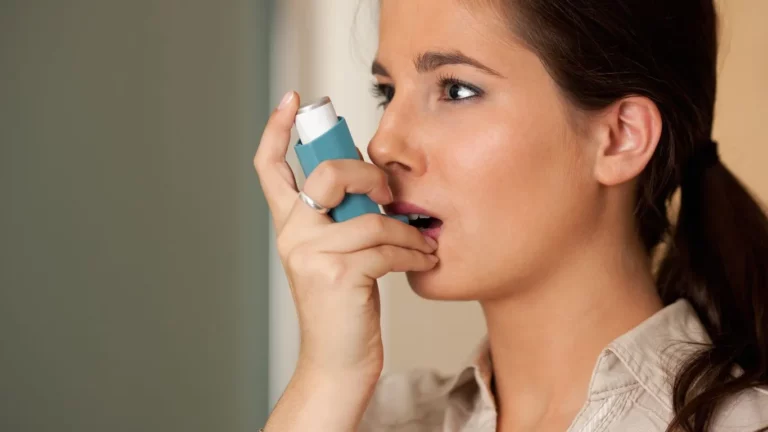Understanding Hypertension: Effective Ways to Control High Blood Pressure
Managing high blood pressure isn’t just about taking medications—it’s about making sustainable lifestyle changes that genuinely work. As someone who has dedicated years to the prevention, diagnosis, and treatment of hypertension, I’ve seen firsthand how small, consistent adjustments can make a world of difference. In this article, we’ll dive into the most effective ways to control high blood pressure—strategies that I’ve recommended to countless patients, and ones that have stood the test of time.
Understanding High Blood Pressure: Why It Matters
Before we jump into solutions, let’s break down why blood pressure matters in the first place. Hypertension is often called the “silent killer” because it typically has no obvious symptoms—yet it significantly increases the risk of heart disease, stroke, and kidney problems.
When your blood pressure stays elevated over time, it puts extra strain on your arteries. Think of it like a garden hose under high pressure—eventually, it weakens and can even burst. Your arteries react in much the same way, leading to serious complications.
 How Lifestyle Changes Can Make a Difference
How Lifestyle Changes Can Make a Difference
One of the biggest misconceptions I hear is that medication is the only way to manage high blood pressure. While meds can be lifesaving, lifestyle changes often have an even greater impact. I’ve had patients cut their numbers significantly just by tweaking their daily habits. Here are some proven lifestyle adjustments that can help:
1. Cut Back on Sodium—But Be Smart About It
Sodium is sneaky. Most people think they don’t eat much salt because they don’t use a salt shaker. But here’s the kicker—processed foods are loaded with hidden sodium. I once had a patient who swore he never ate salty foods, yet his diet consisted of canned soups, deli meats, and frozen meals. Once we swapped those out for fresh options, his blood pressure numbers dropped in just weeks.
Quick tips to reduce sodium:
- Opt for fresh, whole foods instead of processed ones.
- Read nutrition labels—aim for less than 1,500 mg of sodium daily.
- Use herbs and spices instead of salt to add flavor.
2. Get Moving (Even If You Hate Exercise)
Not everyone loves hitting the gym—I get it. But here’s some good news: you don’t need an intense workout routine to keep your blood pressure in check. Just 30 minutes of moderate activity most days of the week can lower your numbers. I’ve had patients who started with simple 10-minute walks after meals and saw results within a month.
Easy ways to add movement to your day:
- Take the stairs instead of the elevator.
- Go for a brisk walk while listening to your favorite podcast.
- Try home workouts—bodyweight exercises can be super effective.
 The Role of Diet: Eat Your Way to Better Numbers
The Role of Diet: Eat Your Way to Better Numbers
Food is one of the most powerful tools for controlling blood pressure. The right diet can work just as well as some medications! One plan I often recommend is the DASH diet (Dietary Approaches to Stop Hypertension). It focuses on eating nutrient-dense foods that naturally help lower blood pressure.
3. Load Up on Potassium-Rich Foods
Potassium helps counteract sodium’s effects by relaxing blood vessel walls and flushing out excess salt. Many people don’t get enough potassium, but adding the right foods can make a difference.
Top potassium-rich foods to include:
- Bananas, oranges, and avocados
- Spinach, kale, and sweet potatoes
- Beans, lentils, and nuts
4. Watch Your Sugar Intake
Most people focus on salt when it comes to blood pressure, but sugar is just as sneaky. Research shows that added sugars can contribute to hypertension by triggering inflammation and weight gain. I’ve seen patients make one simple switch—cutting out sugary drinks—and drop their blood pressure significantly.
Simple swaps to reduce sugar:
- Replace soda with sparkling water flavored with fruit.
- Choose dark chocolate instead of milk chocolate.
- Use cinnamon or vanilla to add sweetness instead of sugar.
 Managing Stress: The Overlooked Factor
Managing Stress: The Overlooked Factor
One thing I always tell my patients: Your mind plays a bigger role in blood pressure than you think. Stress triggers the release of hormones that can cause blood vessels to constrict, making your heart work harder.
5. Try Relaxation Techniques
Finding ways to unwind is crucial for blood pressure management. I once had a patient who was on three different BP meds, yet his numbers stayed high because he was constantly stressed from work. Once he started practicing meditation and deep breathing, his blood pressure finally started to improve.
Ways to reduce stress naturally:
- Practice deep breathing exercises for five minutes daily.
- Try mindfulness meditation—it’s easier than you think!
- Engage in a hobby that helps you relax.
These simple but powerful lifestyle changes can make a real impact on your blood pressure. In the next sections, we’ll dive even deeper into advanced strategies and expert-backed tips to keep your numbers in check.
 The Power of Monitoring: Stay on Top of Your Numbers
The Power of Monitoring: Stay on Top of Your Numbers
One of the best things you can do for your blood pressure? Track it regularly. I always tell my patients, “You can’t manage what you don’t measure.” Keeping tabs on your numbers can help you spot trends and make adjustments before things get out of hand.
6. Invest in a Reliable Home Blood Pressure Monitor
You don’t have to visit a doctor’s office every week to check your blood pressure. Home monitors are affordable, easy to use, and give you a clearer picture of how your BP fluctuates throughout the day.
Here’s what to look for when choosing a monitor:
- Opt for an upper arm cuff model (wrist monitors tend to be less accurate).
- Ensure the cuff size fits your arm properly.
- Look for one with a digital display and memory storage for tracking trends.
Pro tip: Always take your readings at the same time each day, before coffee or any stimulants, and after sitting calmly for five minutes.
7. Understand Your Blood Pressure Readings
Most people know that 120/80 mmHg is the “golden” number, but what if yours fluctuates? A single high reading doesn’t necessarily mean you have hypertension, but consistent elevations could be a red flag.
Here’s a quick breakdown:
- Normal: Below 120/80 mmHg
- Elevated: 120-129/below 80 mmHg (this is a warning sign!)
- Hypertension Stage 1: 130-139/80-89 mmHg
- Hypertension Stage 2: 140/90 mmHg or higher
If your numbers are creeping up, don’t panic. Small lifestyle tweaks—like cutting back on salt and managing stress—can bring them back into a healthier range.
 Medications: When Lifestyle Changes Aren’t Enough
Medications: When Lifestyle Changes Aren’t Enough
While lifestyle changes are powerful, sometimes they’re not enough. If your blood pressure stays high despite your best efforts, medication may be necessary. And trust me, there’s no shame in needing it!
8. Know the Different Types of Blood Pressure Medications
Not all BP meds work the same way. Here’s a simplified breakdown:
- Diuretics: Help your body get rid of excess sodium and water.
- ACE Inhibitors: Relax blood vessels, making it easier for blood to flow.
- Beta-Blockers: Slow down your heart rate and reduce stress on the heart.
- Calcium Channel Blockers: Keep arteries from tightening up.
Doctors often prescribe a combination to get the best results. I’ve had patients tell me they were hesitant about taking meds, but after seeing how well they work, they wished they’d started sooner.
9. Avoid Common Medication Mistakes
If your doctor prescribes blood pressure medication, taking it correctly is crucial. I’ve seen patients stop taking their meds because their BP improved—only to have it spike back up.
Here’s what to avoid:
- Skipping doses because you “feel fine.”
- Stopping medication without talking to your doctor.
- Not checking for interactions with other meds or supplements.
Consistency is key when it comes to blood pressure management!
 Sleep and Blood Pressure: The Overlooked Connection
Sleep and Blood Pressure: The Overlooked Connection
Ever notice that when you don’t sleep well, your body just feels off? That’s because sleep plays a huge role in regulating blood pressure. If you’re getting less than 6 hours a night, your risk for hypertension skyrockets.
10. Improve Your Sleep Quality
It’s not just about getting enough hours—it’s about quality sleep. Here are some simple tips:
- Keep your bedroom cool and dark.
- Avoid screens (phones, TVs, tablets) at least 30 minutes before bed.
- Stick to a consistent sleep schedule—even on weekends.
I had a patient whose blood pressure was always high in the morning. Turns out, he had undiagnosed sleep apnea. Once he started treatment, his numbers dropped almost immediately.
11. Watch for Sleep Disorders
Speaking of sleep apnea, it’s one of the biggest hidden causes of hypertension. If you snore loudly, wake up gasping for air, or feel exhausted even after a full night’s sleep, it’s worth getting checked out.
Other sleep-related issues that can raise blood pressure:
- Chronic insomnia
- Restless leg syndrome
- Frequent nighttime awakenings
Fixing sleep issues often leads to dramatic blood pressure improvements.
Final Thoughts Before We Continue…
So far, we’ve covered some of the most effective ways to control high blood pressure—lifestyle changes, medications, and the importance of sleep. But we’re not done yet. In the next section, we’ll explore even more expert-backed strategies, including diet hacks, supplements, and the role of hydration. Stick with me, and let’s keep those numbers in check!
 The Role of Hydration in Blood Pressure Control
The Role of Hydration in Blood Pressure Control
Water might not be the first thing you think of when it comes to blood pressure, but trust me—staying hydrated is key. Dehydration can cause blood vessels to constrict, leading to higher blood pressure. I’ve had patients tell me they “drink plenty of fluids,” only to realize they were mostly consuming coffee, sodas, or alcohol—all of which dehydrate rather than help.
12. How Much Water Do You Really Need?
There’s no one-size-fits-all answer, but a good rule of thumb is to aim for at least 8 cups (64 oz) per day. If you exercise, live in a hot climate, or consume caffeine, you may need more.
Some easy ways to boost hydration:
- Carry a reusable water bottle everywhere.
- Set reminders on your phone to drink water.
- Eat water-rich foods like cucumbers, watermelon, and oranges.
13. Drinks to Avoid
Not all fluids are created equal. Some actually work against your blood pressure goals:
- Sugary sodas: Loaded with added sugars, which contribute to hypertension.
- Alcohol: More than one drink per day can raise blood pressure.
- Energy drinks: High caffeine and stimulants can spike BP levels.
When in doubt, stick to water and herbal teas for the best results.
 Natural Supplements and Remedies
Natural Supplements and Remedies
While lifestyle changes and medications are the backbone of blood pressure control, some natural supplements may offer extra support. I always tell my patients: these aren’t magic pills, but they can help alongside a healthy lifestyle.
14. Potassium and Magnesium: The Dynamic Duo
We’ve already talked about potassium-rich foods, but some people still struggle to get enough. Magnesium is another critical mineral that helps relax blood vessels and regulate blood pressure.
Some great natural sources:
- Potassium: Bananas, spinach, potatoes, oranges
- Magnesium: Almonds, dark chocolate, pumpkin seeds
Before taking supplements, consult your doctor—especially if you have kidney disease.
15. Herbal Remedies That Show Promise
Some herbs have been studied for their potential blood pressure-lowering effects. While they’re not a substitute for medication, they can be a helpful addition.
- Hibiscus tea: Some studies suggest it can reduce BP naturally.
- Garlic extract: May improve circulation and lower BP slightly.
- Beetroot juice: Rich in nitrates, which help blood vessels relax.
Again, always check with your doctor before adding herbal remedies to your routine.
Making Lifestyle Changes Stick: Long-Term Success
The biggest challenge with controlling high blood pressure isn’t knowing what to do—it’s sticking with it. I’ve had patients make dramatic changes, only to slip back into old habits a few months later. The key is to build sustainable habits.
16. Set Realistic Goals
Trying to overhaul your entire lifestyle overnight is overwhelming. Instead, set small, achievable goals:
- Replace one processed meal per day with a fresh, homemade one.
- Walk for 10 minutes after lunch and dinner.
- Cut back on salt gradually rather than all at once.
These small changes add up over time.
17. Find an Accountability Partner
Whether it’s a friend, family member, or health coach, having someone to check in with can increase your chances of success. I’ve seen patients stay on track just by having a buddy to text about daily walks or meal choices.
Final Thoughts on Effective Ways to Control High Blood Pressure
Managing high blood pressure isn’t about perfection—it’s about progress. Whether it’s through diet, exercise, stress management, or medication, the goal is to make steady, long-term improvements to your health. If there’s one takeaway, it’s this: small changes matter. You don’t need to change everything overnight, but every positive step you take brings you closer to healthier blood pressure levels.
For more in-depth information, visit trusted sources like The American Heart Association or Mayo Clinic.
Disclaimer
This article is for informational purposes only and does not replace professional medical advice. Always consult with a healthcare provider before making changes to your health routine, especially if you have underlying conditions.

Dr. Gwenna Aazee is a board-certified Internal Medicine Physician with a special focus on hypertension management, chronic disease prevention, and patient education. With years of experience in both clinical practice and medical writing, she’s passionate about turning evidence-based medicine into accessible, actionable advice. Through her work at Healthusias.com, Dr. Aazee empowers readers to take charge of their health with confidence and clarity. Off the clock, she enjoys deep dives into nutrition research, long walks with her rescue pup, and simplifying medical jargon one article at a time.
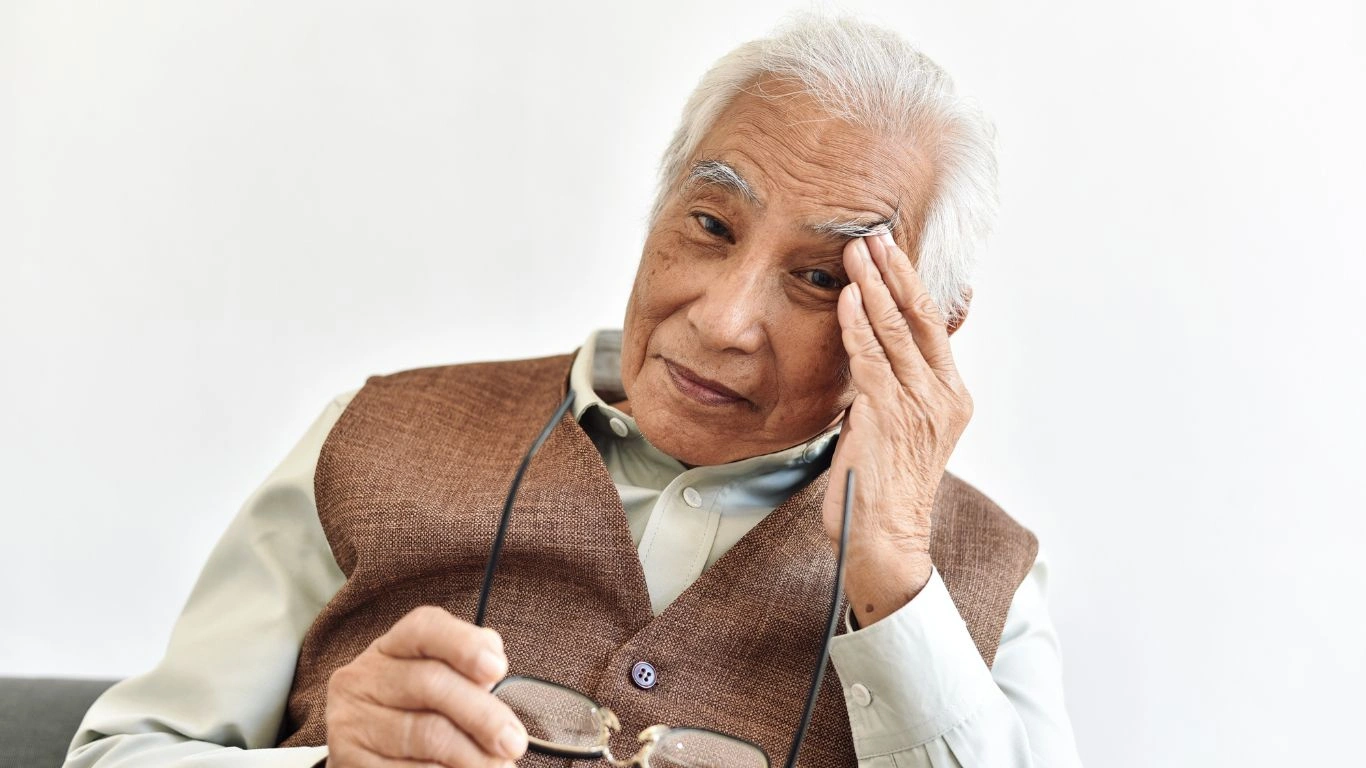
 How Lifestyle Changes Can Make a Difference
How Lifestyle Changes Can Make a Difference The Role of Diet: Eat Your Way to Better Numbers
The Role of Diet: Eat Your Way to Better Numbers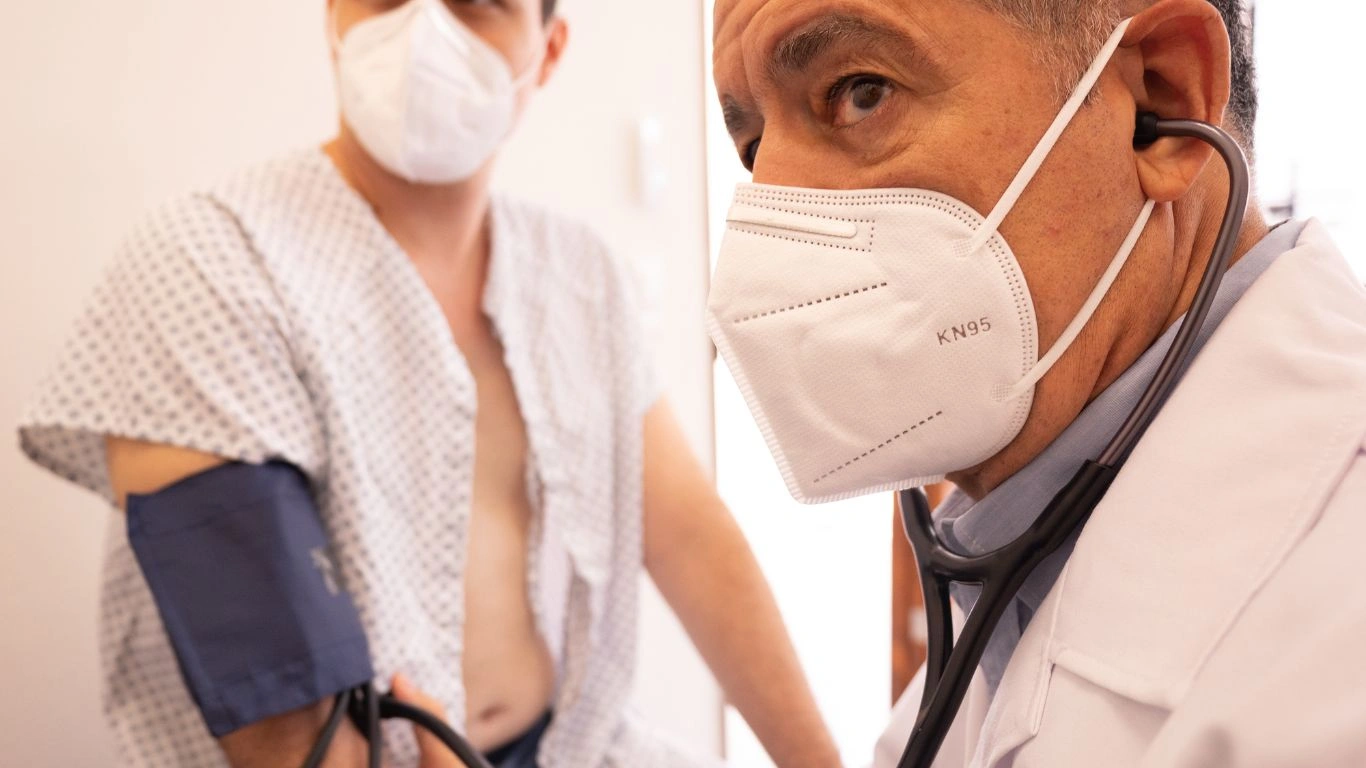 Managing Stress: The Overlooked Factor
Managing Stress: The Overlooked Factor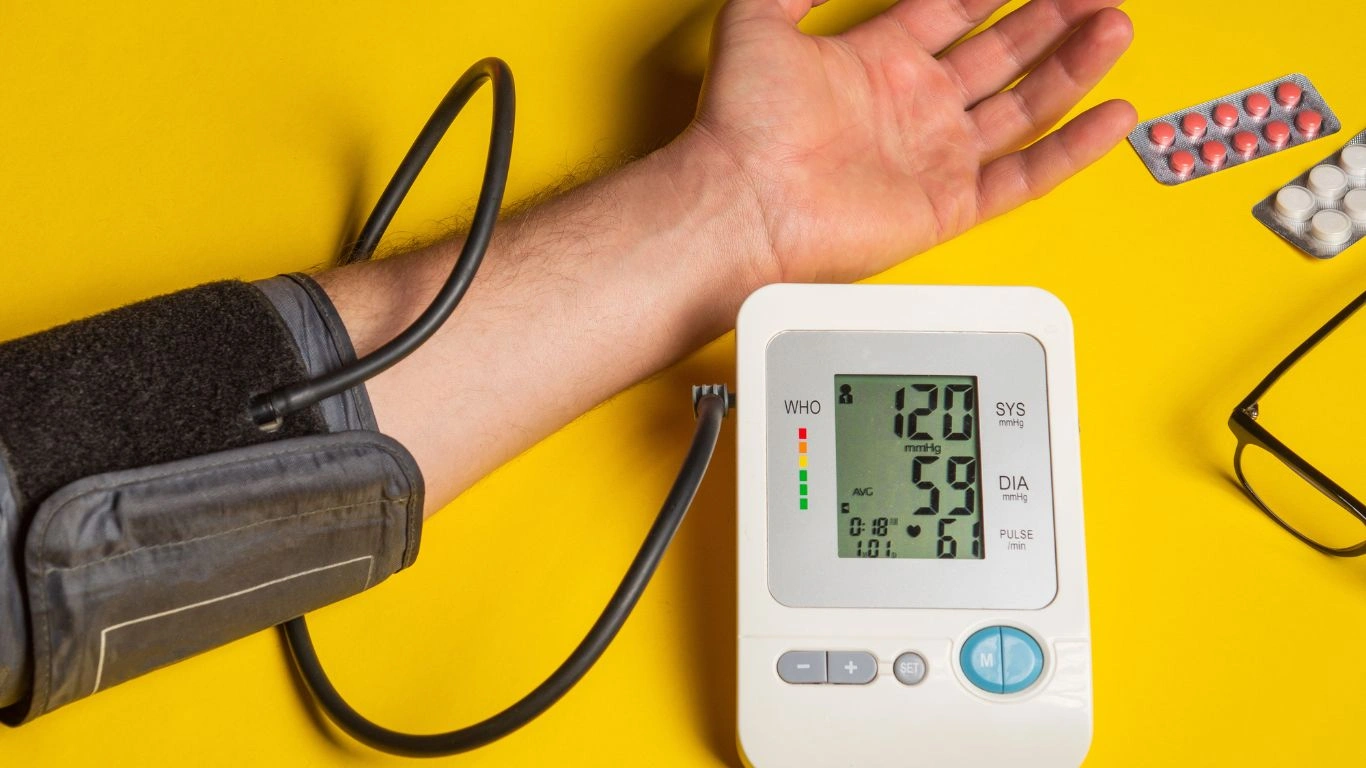 The Power of Monitoring: Stay on Top of Your Numbers
The Power of Monitoring: Stay on Top of Your Numbers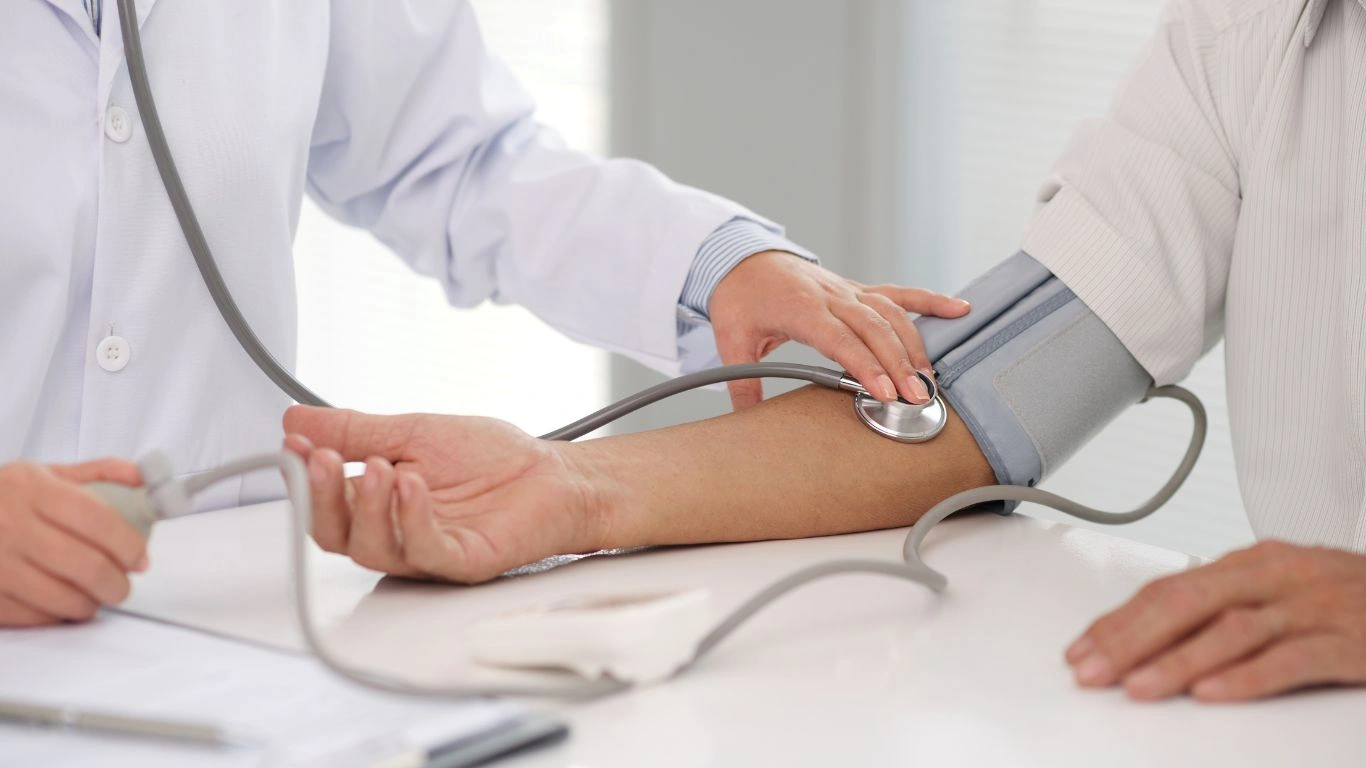 Medications: When Lifestyle Changes Aren’t Enough
Medications: When Lifestyle Changes Aren’t Enough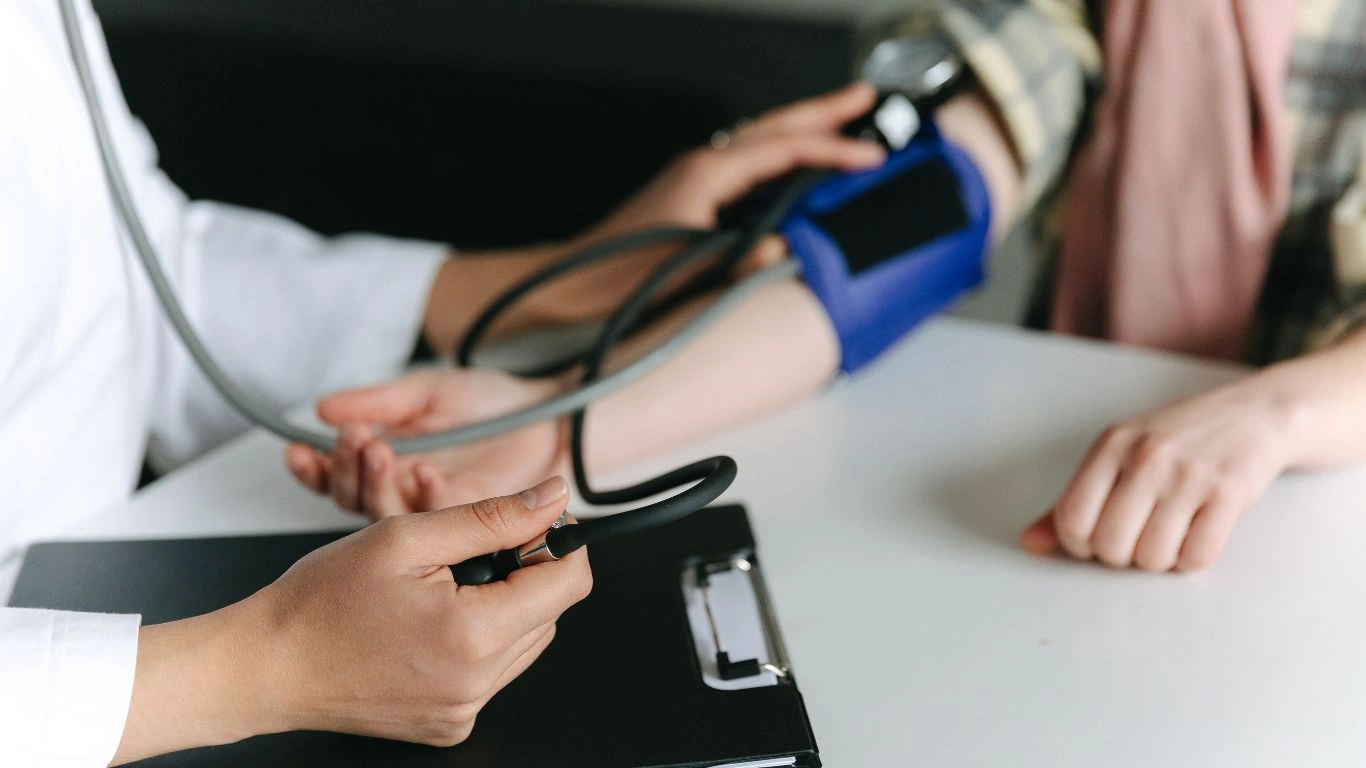 Sleep and Blood Pressure: The Overlooked Connection
Sleep and Blood Pressure: The Overlooked Connection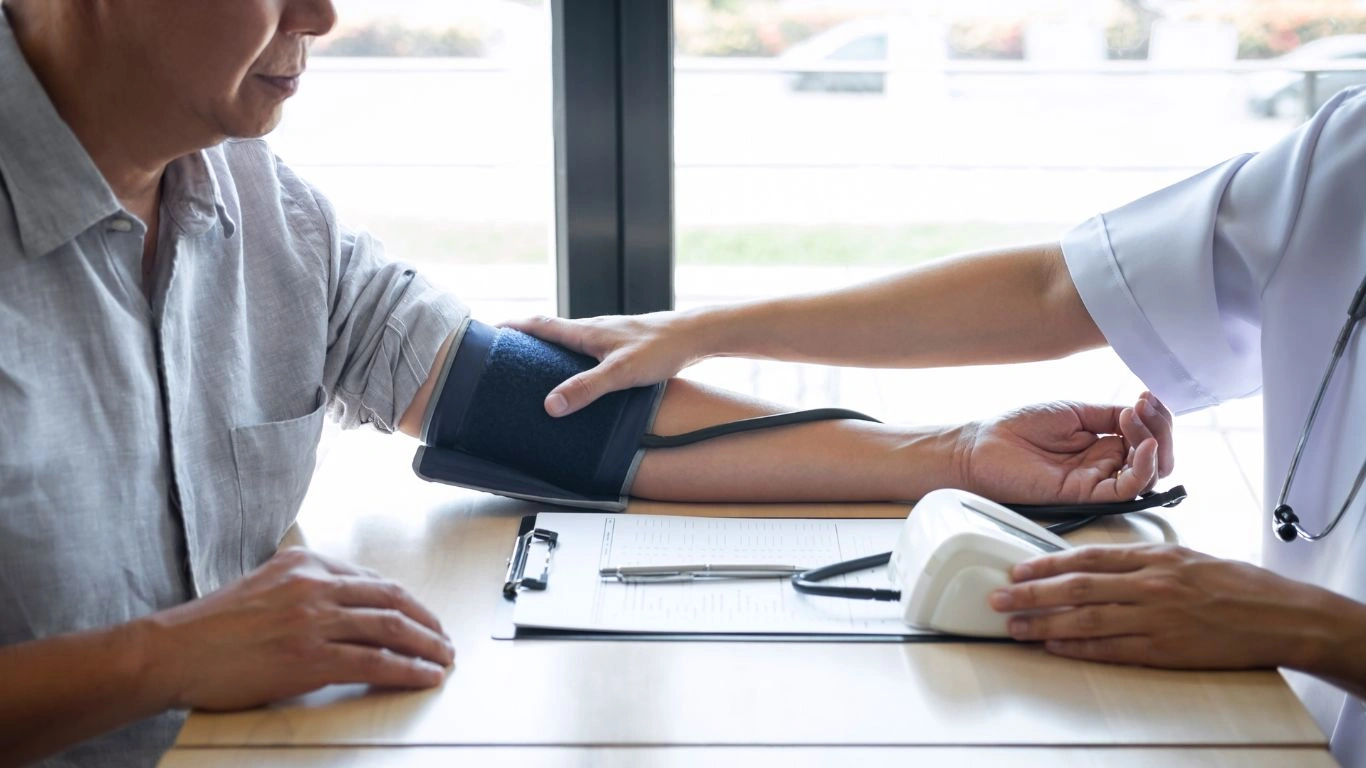 The Role of Hydration in Blood Pressure Control
The Role of Hydration in Blood Pressure Control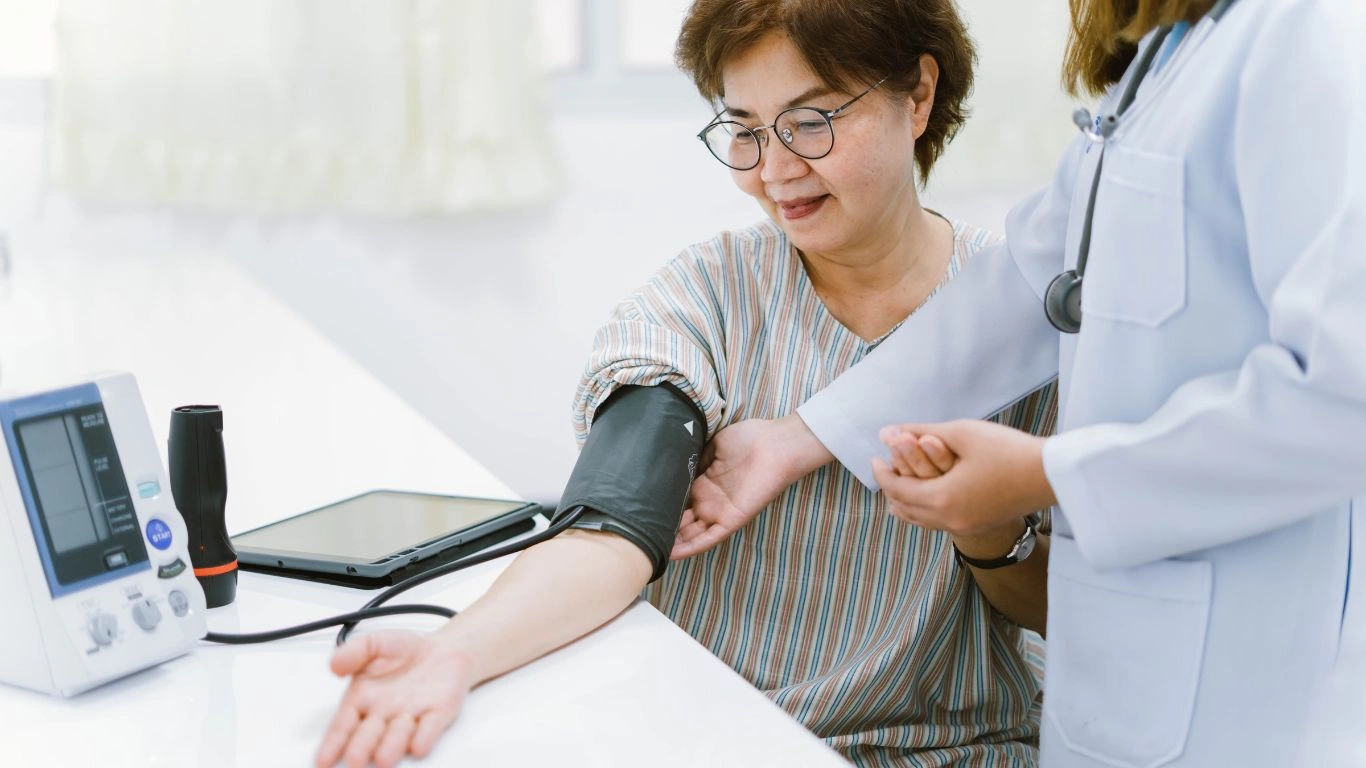 Natural Supplements and Remedies
Natural Supplements and Remedies


